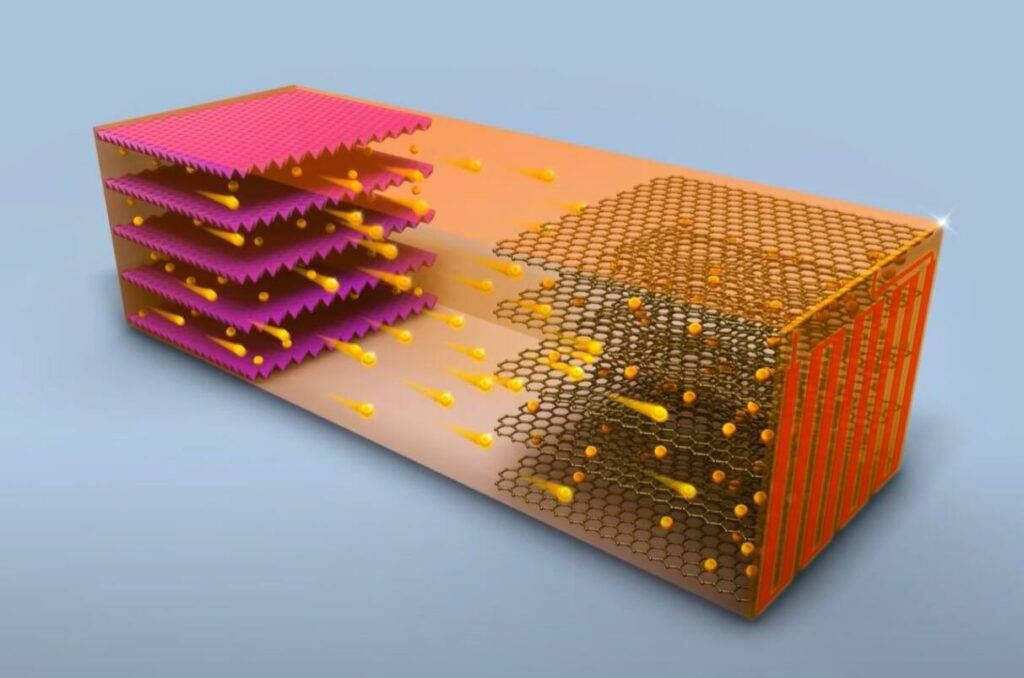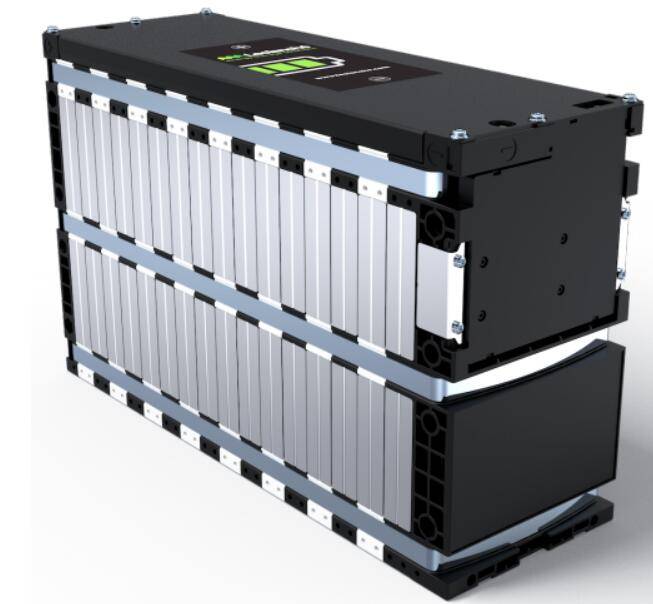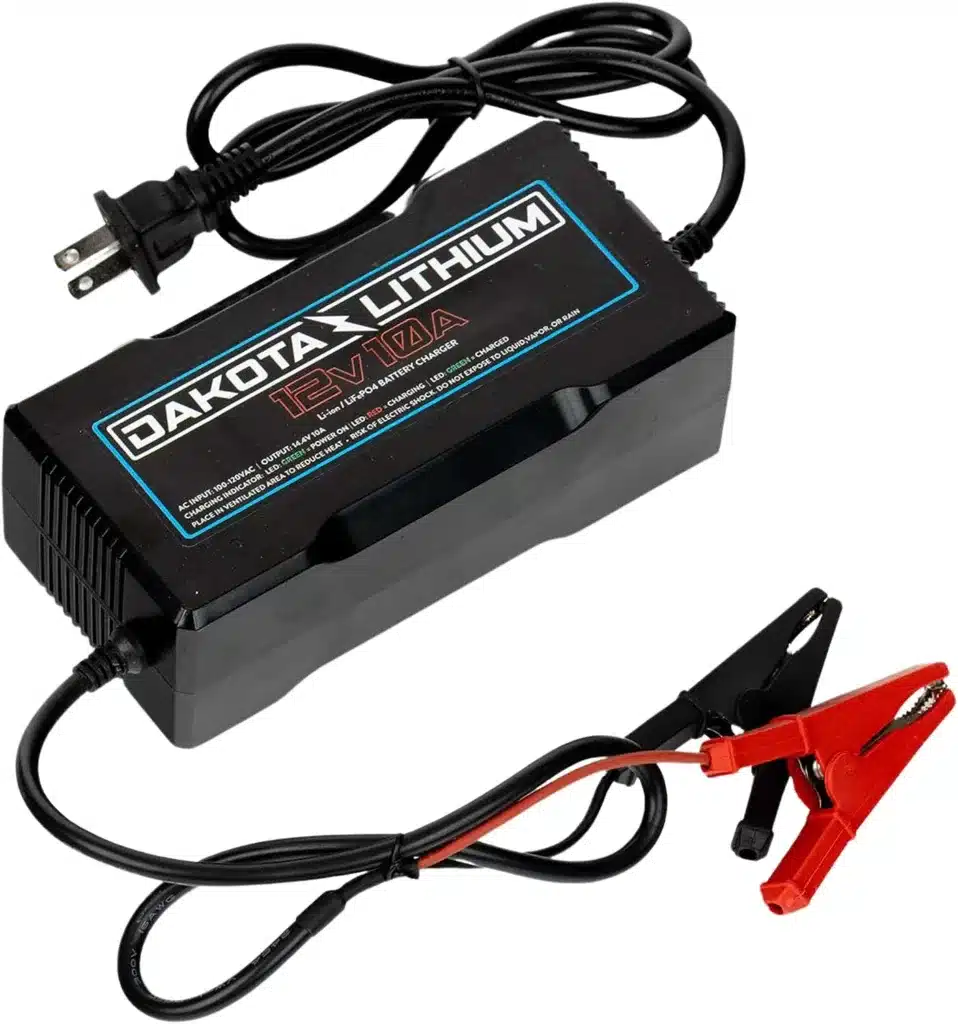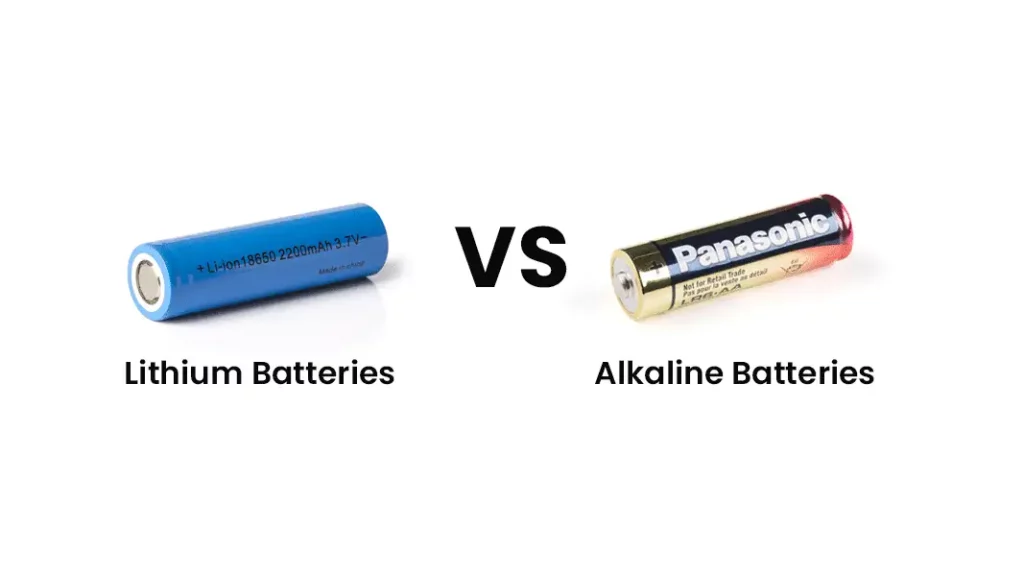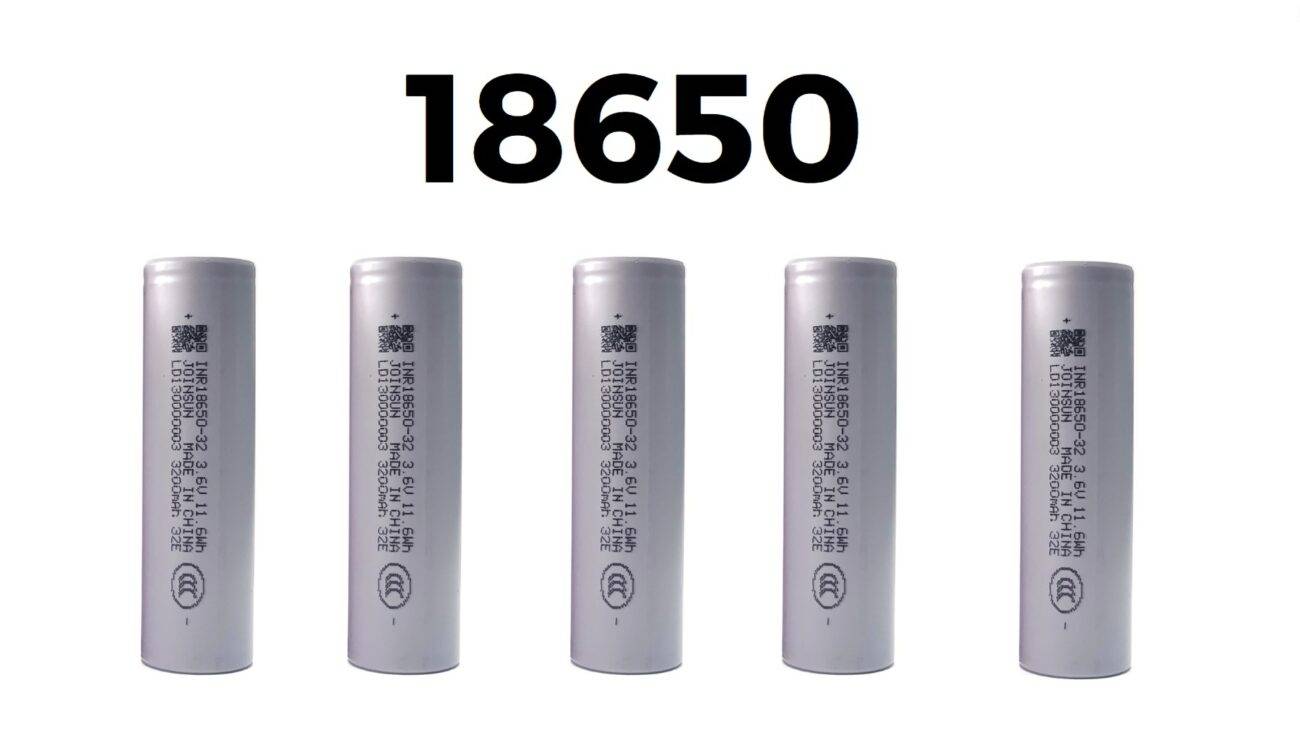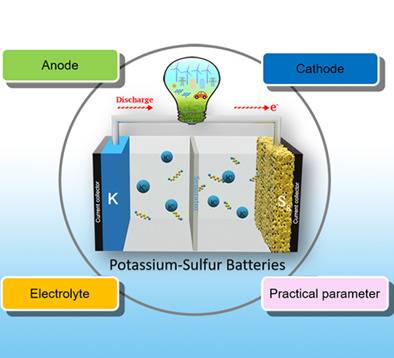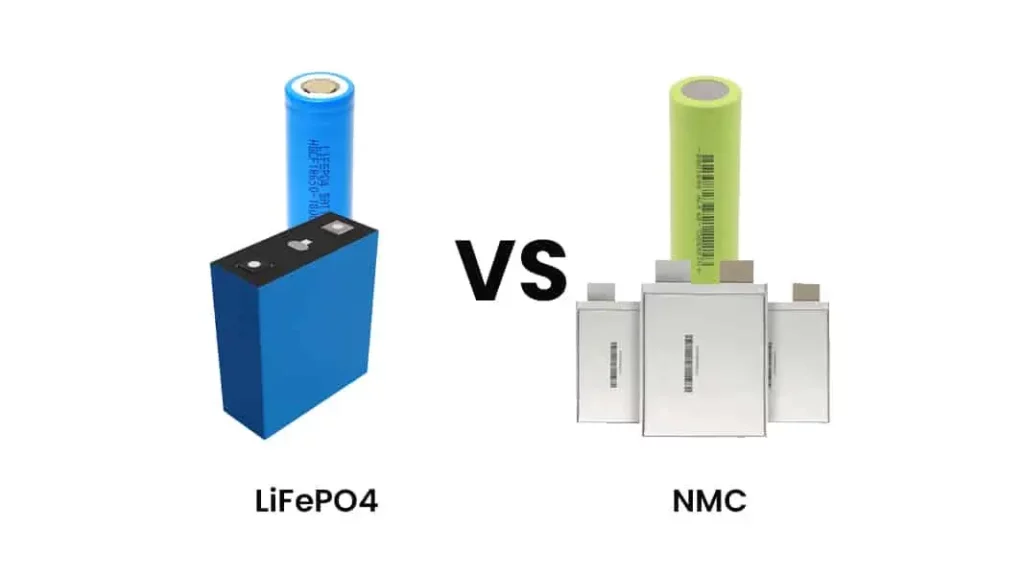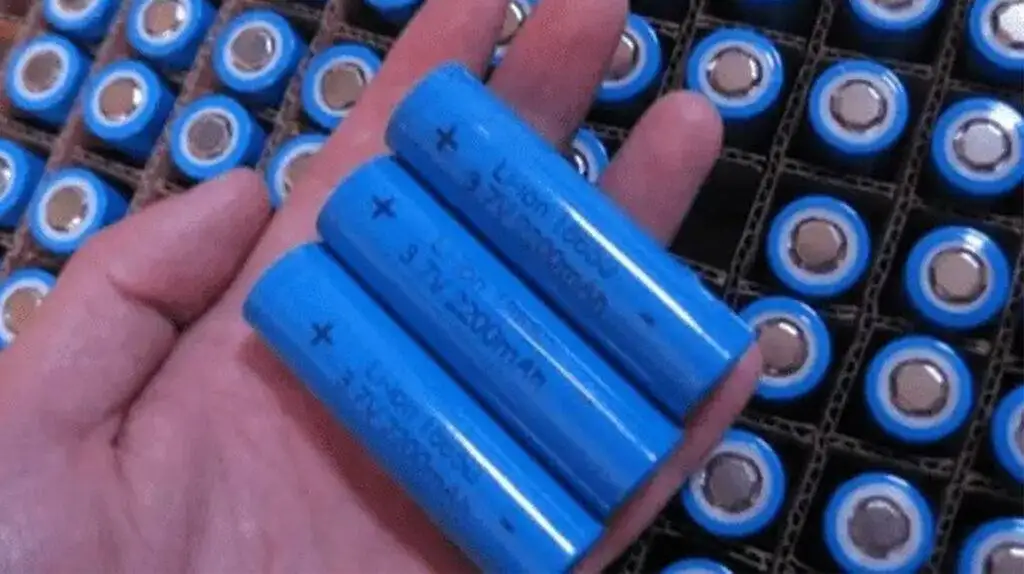Lithium Iron Phosphate (LiFePO4) batteries, known for their safety, longevity, and efficiency, are increasingly popular in various applications, including electric vehicles and renewable energy systems. Proper charging and usage can significantly enhance their performance and lifespan.
How do Lithium Iron Phosphate Batteries Work?
Lithium Iron Phosphate batteries operate on the principle of lithium-ion movement between the cathode (LiFePO4) and an anode (typically graphite) during charging and discharging cycles. When charged, lithium ions move from the cathode to the anode through an electrolyte, storing energy. Upon discharge, these ions flow back to the cathode, releasing energy for use. This process is facilitated by the stable structure of LiFePO4, which contributes to the battery’s longevity and safety.
What are the Benefits of Using Lithium Iron Phosphate Batteries?
Lithium Iron Phosphate batteries offer numerous advantages:
- Safety: They have a lower risk of thermal runaway compared to other lithium-ion chemistries.
- Long Lifespan: Capable of enduring over 3,000 cycles, they often last longer than traditional lead-acid batteries.
- Environmental Impact: They contain no toxic heavy metals, making them more eco-friendly.
- Cost Efficiency: Although initially more expensive, their longevity translates into lower costs over time.
Chart: Comparison of Battery Types
| Feature | Lithium Iron Phosphate | Lead-Acid | Nickel-Cobalt-Manganese |
|---|---|---|---|
| Cycle Life | 3,000+ cycles | 500-1,000 cycles | 1,000-2,300 cycles |
| Safety | High | Moderate | Low |
| Environmental Impact | Eco-friendly | Toxic materials | Rare metals |
| Weight | Lightweight | Heavy | Moderate |
How Long do Lithium Iron Phosphate Batteries Last?
The lifespan of Lithium Iron Phosphate batteries can exceed 10 years under optimal conditions. They can handle a depth of discharge (DoD) of up to 80% without significant degradation, meaning users can utilize more of their capacity compared to lead-acid alternatives, which typically recommend a maximum DoD of 50%.
Why are Lithium Iron Phosphate Batteries Maintenance-Free?
LiFePO4 batteries require minimal maintenance due to their low self-discharge rate (less than 3% per month) and lack of memory effects. Users do not need to perform regular checks or maintenance tasks like topping up electrolyte levels, which is necessary for lead-acid batteries.
How Efficient are Lithium Iron Phosphate Batteries Compared to Others?
Lithium Iron Phosphate batteries exhibit high charge and discharge efficiencies, often reaching up to 95%. This efficiency translates into more usable energy and shorter charging times compared to lead-acid and other lithium-ion battery types.Chart: Efficiency Comparison
| Battery Type | Charge Efficiency (%) | Discharge Efficiency (%) |
|---|---|---|
| Lithium Iron Phosphate | 95 | 95 |
| Lead-Acid | 70 | 80 |
| Nickel-Cobalt-Manganese | 85 | 90 |
What Safety Features Enhance Lithium Iron Phosphate Battery Usage?
Safety is a critical feature of LiFePO4 technology. These batteries incorporate several protective measures:
- Battery Management Systems (BMS): Monitor voltage levels, temperature, and current to prevent overcharging or overheating.
- Chemical Stability: The inherent stability of LiFePO4 reduces risks associated with thermal runaway.
- Robust Design: The physical structure is less prone to damage during operation.
How Should You Charge Lithium Iron Phosphate Batteries Properly?
Charging LiFePO4 batteries requires adherence to specific voltage parameters:
- Recommended Charging Voltage: Typically between 14.0V and 14.6V (3.50V – 3.65V per cell).
- Avoid Overcharging: Exceeding recommended voltages can damage cells; it is crucial to stop charging immediately if voltage limits are reached.
- No Float Charging Needed: Unlike lead-acid batteries, LiFePO4 does not require float charging.
What Applications are Best Suited for Lithium Iron Phosphate Batteries?
LiFePO4 batteries excel in various applications due to their unique properties:
- Electric Vehicles (EVs): Their safety features make them ideal for automotive use.
- Renewable Energy Storage: Commonly used in solar power systems for energy storage.
- Backup Power Solutions: Suitable for UPS systems due to their reliability.
Latest News
Recent advancements in Lithium Iron Phosphate battery technology have highlighted their growing role in electric vehicles (EVs). Companies like Tesla and BYD are leading the charge with innovative designs that enhance safety and efficiency while reducing costs. As patents expire and production scales up, LFP technology is expected to dominate the EV market by offering a sustainable alternative to traditional battery chemistries.
Editor Comment
“With their impressive cycle life and safety features, Lithium Iron Phosphate batteries represent a significant advancement in battery technology. As we continue transitioning towards renewable energy solutions and electric vehicles, understanding how to properly charge and utilize these batteries will be crucial for maximizing their potential.”



